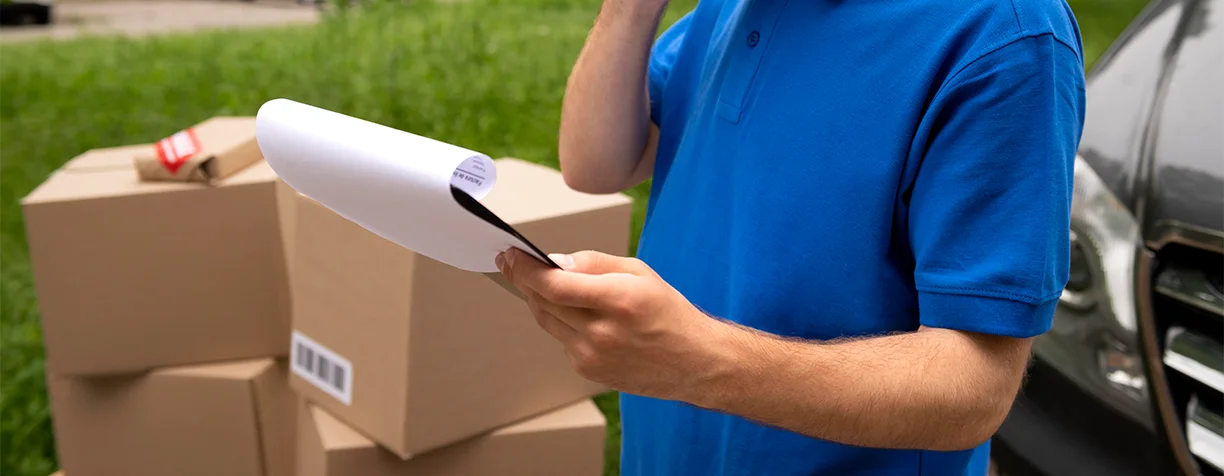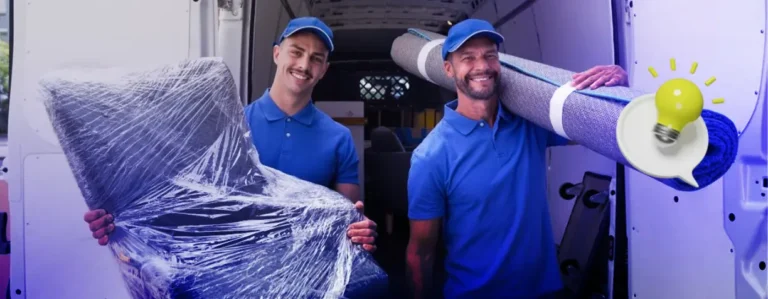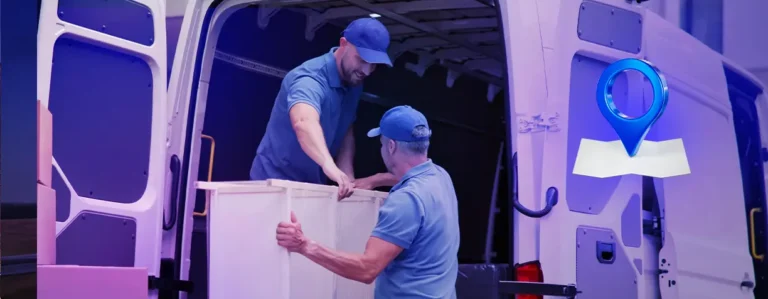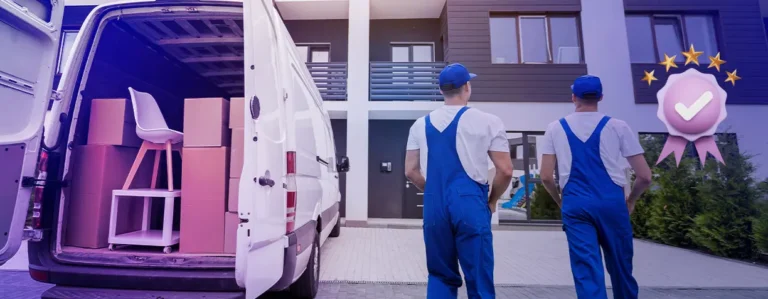In today’s fast-paced e-commerce world, understanding how last-mile delivery works is crucial for businesses striving to meet customer expectations. Last-mile delivery, often considered the final step in the supply chain, involves transporting goods from a transportation hub to the final delivery destination, typically the customer’s doorstep. This article will delve into the intricacies of last-mile delivery, explore final mile delivery solutions, and highlight strategies for optimizing this critical process.
Table of Contents
What is Last Mile Delivery?
Last-mile delivery refers to the final leg of the delivery process, where goods are transported from a local hub to their ultimate destination. Customer satisfaction directly depends on this stage. The efficiency and reliability of last-mile carriers play a significant role in determining the success of e-commerce operations.
How Last-Mile Delivery Works
To understand how last-mile delivery works, it’s essential to consider the following key components:
1. Local Distribution Centers:
Goods are first transported from a central warehouse to local distribution centers. These centers act as intermediate hubs, bringing products closer to the end customer.
2. Route Planning and Optimization:
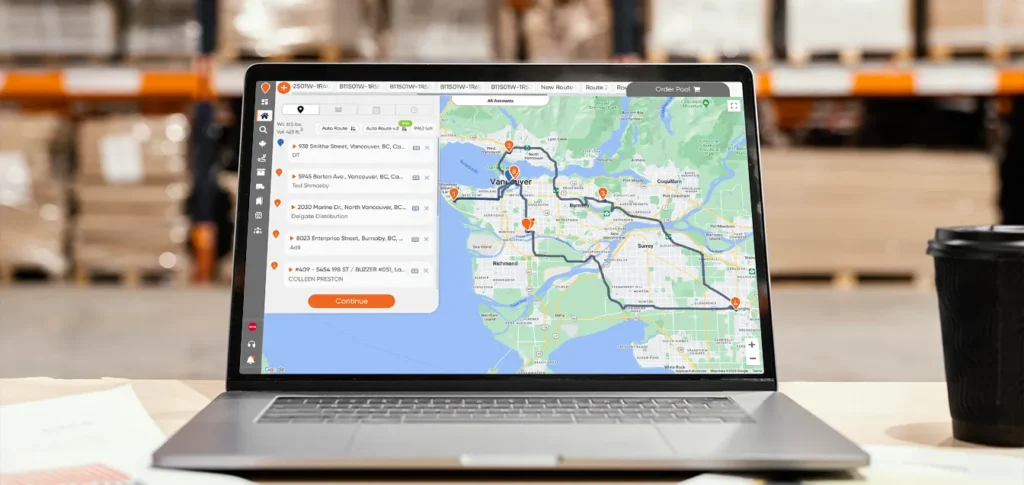
Efficient route planning is vital to optimize last-mile delivery efficiency. Advanced algorithms and technologies are used to determine the most efficient routes, minimizing delivery times and costs.
3. Transportation:
This stage involves various modes of transportation, including vans, trucks, bicycles, and sometimes even drones, depending on the delivery area’s geographical and infrastructural constraints.
4. Delivery Personnel:
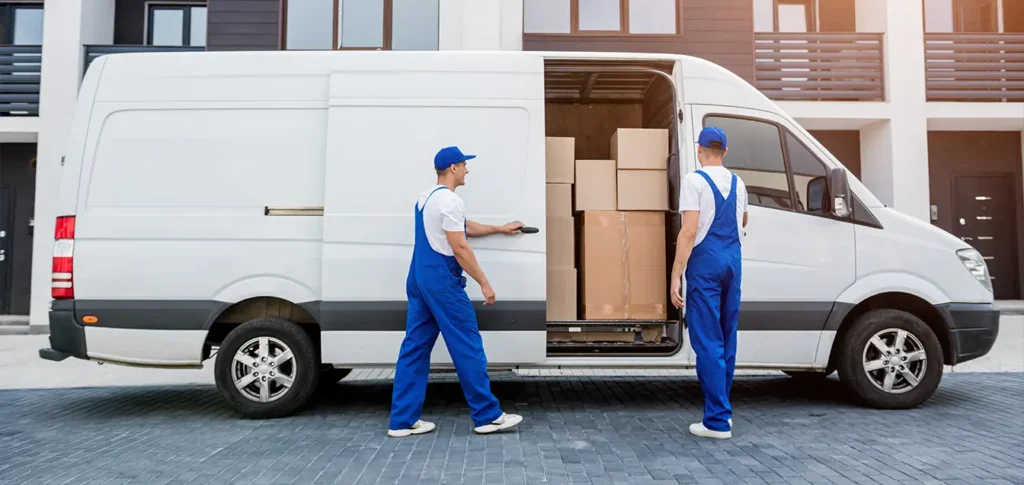
Skilled delivery personnel are crucial in ensuring timely and accurate deliveries. They often use mobile apps to receive delivery instructions, track packages, and communicate with customers.
5. Customer Interaction:
Communication with customers is vital in last-mile delivery. Customers are informed about the delivery status, expected time of arrival, and any potential delays.
Last Mile Delivery Solutions
To address the challenges of final mile delivery, businesses are increasingly adopting innovative solutions. These include:
– Advanced Tracking Systems:
Real-time tracking systems provide customers with accurate information about their delivery status, enhancing transparency and trust.
– Automated Warehouses:
Automation in local distribution centers simplifies sorting and packaging processes, reducing errors and improving efficiency.
– Crowdsourced Delivery:
Utilizing gig economy workers for deliveries can expand delivery capacity and flexibility, especially during peak times.
Strategies for Success in Final Mile Delivery
Implementing effective strategies for success in final mile delivery is essential for businesses aiming to thrive in the competitive e-commerce landscape. Here are some key strategies:
1. Use Technology:
Utilize advanced software for route optimization, real-time tracking, and inventory management. Additionally, this enhances the customer experience by improving efficiency.
2. Flexible Delivery Options:
Offering flexible delivery options, such as same-day or next-day delivery, can significantly boost customer satisfaction and loyalty.
3. Sustainable Practices:
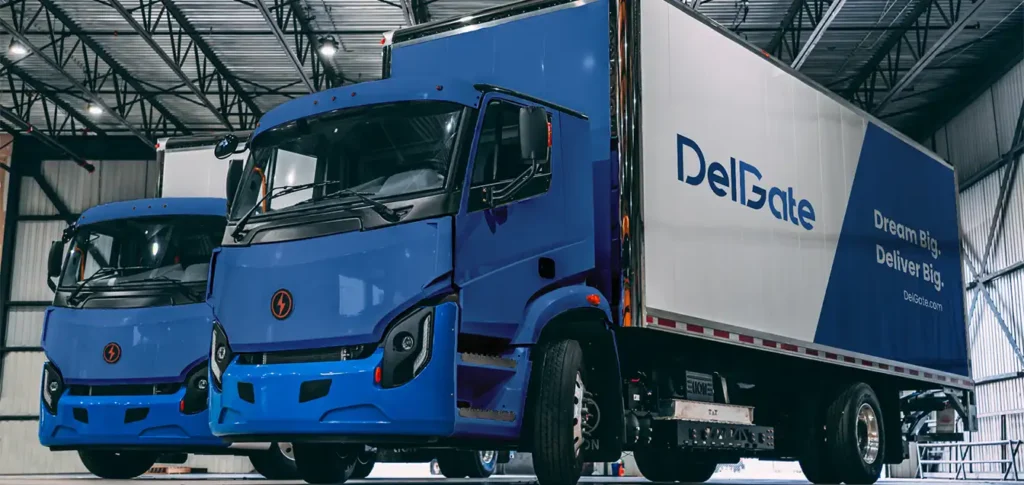
Incorporating eco-friendly practices, like using electric vehicles or optimizing delivery routes to reduce carbon emissions, can attract environmentally conscious consumers.
4. Collaborate with 3PL Providers:
Partnering with reliable 3PL logistics providers in Canada can help manage the complexities of last-mile delivery, ensuring timely and cost-effective deliveries.
The Future of Last-Mile Delivery
The future of last-mile delivery is set to be shaped by technological advancements and changing consumer expectations. Innovations like autonomous delivery vehicles, drone deliveries, and smart lockers are likely to become more prevalent, further streamlining the delivery process. Businesses that invest in these technologies and focus on improving delivery efficiency will be better positioned to meet the evolving demands of the market.
The Role of Last Mile Carrier
A last mile carrier is a crucial component in the final delivery process. These carriers are responsible for transporting goods from local distribution centers to the end customer’s location. They play a significant role in ensuring timely and accurate deliveries, which directly impacts customer satisfaction.
Benefits of 3PL Logistics Canada
3PL logistics providers in Canada offer comprehensive solutions to manage the complexities of last-mile delivery. Partnering with a reliable 3PL provider can significantly enhance a business’s logistics operations, providing several key benefits:
- Scalability: 3PL providers have the resources to handle fluctuations in delivery volumes, ensuring smooth operations during peak times.
- Expertise: With extensive experience in logistics, 3PL providers can offer valuable insights and strategies to improve delivery efficiency.
- Cost-Effectiveness: Outsourcing logistics to a 3PL provider can reduce operational costs, allowing businesses to focus on core activities.
- Advanced Technology: 3PL providers often invest in the latest technology for tracking, route optimization, and inventory management, enhancing overall delivery performance.
By leveraging the expertise and resources of 3PL logistics providers in Canada, businesses can simplify their last-mile delivery process, ensuring timely and cost-effective deliveries.
Final Thoughts
By understanding how last-mile delivery works and implementing effective strategies, businesses can significantly improve their delivery operations, ensuring timely and satisfactory customer experiences.
Understanding How Final-Mile Delivery Works
The logistics industry has significantly evolved over the years, and understanding how final-mile delivery works is key to appreciating these advancements. From manual tracking and routing to sophisticated automated systems, the processes have become more efficient and customer-centric. Today, final-mile delivery incorporates cutting-edge technology to optimize delivery routes, enhance tracking accuracy, and provide real-time updates to customers.
The Evolution of Final-Mile Delivery
Understanding how final-mile delivery works is essential for businesses to simplify their logistics and meet customer demands efficiently. The final-mile delivery process involves several crucial steps, each aimed at ensuring that the product reaches the customer quickly and in perfect condition.

